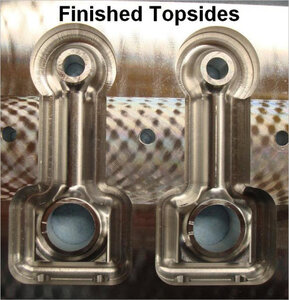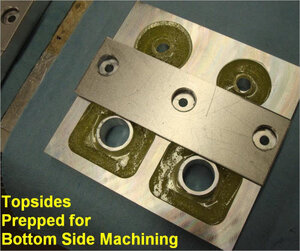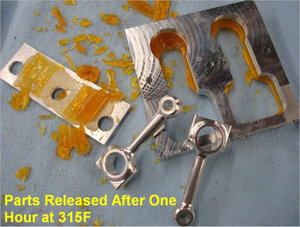The baking soda thing is one of those 'controversies' that have been debated for a long time. There is no doubt it accelerates the cure and acts as a type of structural filler. The question is how much is due to the chemical composition of baking soda & how much due to the particle size that offers substantial surface area which is part of the accelerated cure. For example microballoons (microscopic glass spheres) are used extensively in the composites & hobby industry to add low density bulk to resins & such, for example light weight fillers, paste, putty... that can be used to bridge gaps, fillets etc. Anyways if you put a drop of CA on microballoons, you get the almost identical reaction as baking soda. It gets hot from exotherm & turns a little pile into something that feels like a chip of glass. Even sawdust in a crack is beneficial to CA as a glue joint.
http://scienceline.ucsb.edu/getkey.php?key=459
But if you want an outright accelerator, then just buy what is specifically formulated for it. In CA lingo it susually called 'kicker' or 'accelerator'. In Loctite lingo its called 'primer' or 'promoter' but is slightly different in its application.
ps - I've tried the tape thing myself & and results vary. For one thing there are all kinds of 'paint tape' on the market. Some are paper based, some are plastic/vinyl based, some are a blend or mix of the two. CA actually does not work well on many kinds of plastics so that might explain variation in bond. Thats why I wasking about old school masking tape which I think in still mostly paper based but probably still other resins & binders in there.
Anyways, I'm happy to use CA on smallish things stuck to a mandrel. As the parts get bigger or more valuable, I am reluctant to to risk fly-away. Another technique I see used is is bedding a part in epoxy (hardware 5 min is fine). It completely conforms to whatever odd shape. Then you can machine other features. Once done, just use a heat gun to soften & out it pops. Here you have much more lateral 3D support because the goop is 'potting' the part. It also requires much less heat to soften & distort to th epoint the part can be popped off.




